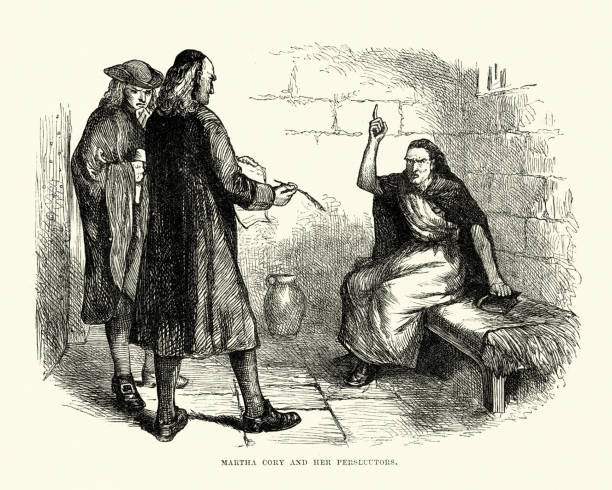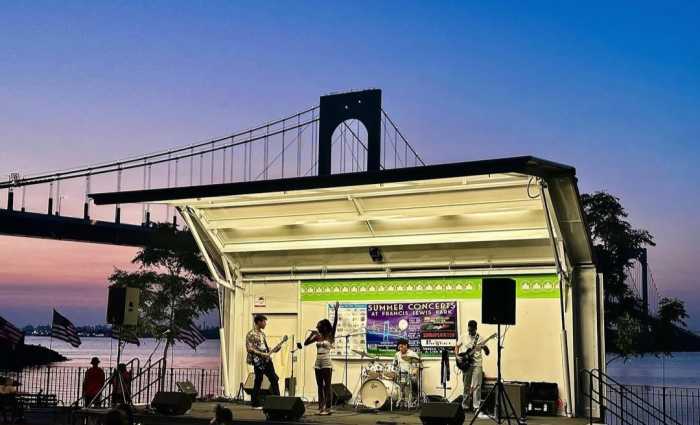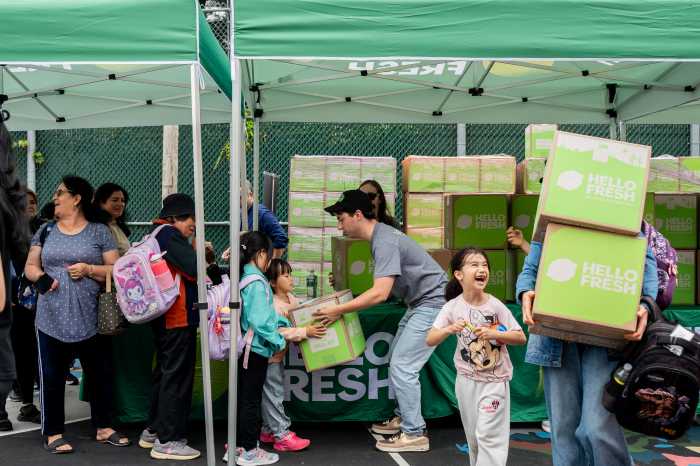Intolerance was rampant in our society for centuries.
Do you remember Arthur Miller’s “The Crucible,” which returned to Broadway in a new production in 2016? Set during the Salem witch trials of the 1690s, the play was described as a timeless parable of morality and a scorching indictment of intolerance.
If you think you know about the infamous Salem Witch Trials in old Salem, Massachusetts, think again! Queens-based genealogist and historian Leslie Wickham — a descendant of accused witch Sarah Towne Bridges Cloyce, who escaped with her life — will explore the truth about the events leading up to, during and after the witch hysteria in Salem. She will talk about that period and what life was really like in the Massachusetts Colony in the 1690s.

Don’t miss this fascinating presentation, which will take place Tuesday, Nov. 15, from 7:30 to 9:30 p.m. at Bayside Historical Society, 208 Totten Ave., Fort Totten, in Bayside, NY.
Tickets are on sale now at baysidehistorical.org/events. Tickets cost $10.00 for BHS members and $15.00 for non-members.
“We are delighted to offer this program,” said executive director Barbara Speedling. “Leslie Wickham, a Jackson Heights resident, is an avid genealogist and lover of history. Her family’s historic ties to early U.S. events led her to research her genealogy, and she enjoys learning and sharing her knowledge with others. Leslie is descended from a woman who was accused of witchcraft in Salem but survived. Two of her sisters, Rebecca Towne Nurse and Mary Towne Easty, weren’t so lucky. She also has ancestors who came over on the Mayflower and fought in the War of 1812 and in the Civil War. Join us for this interesting evening of American history.”
There will be a few surprise twists in the presentation.
“This is a topic that has become my passion over the last 10 years,” Wickham noted. “Part of the focus of my presentation is putting the events into the context of that period. I’ll talk a bit about what qualified someone as a witch. Then I’ll give a brief overview of the societal laws and regulations that may have played a part. But the most important part of my discussion will be about the people. There were so many involved that it’s difficult to really scratch the surface, but I’ll give it a try.”
According to the historian, Rebecca Nurse was the oldest child of William and Joanna (Blessing) Towne; she was born in Great Yarmouth, England, in 1621. Four more children were born to William and Joanna before Mary Easty, in Great Yarmouth, in 1634. Sarah Bridges Cloyce was the youngest sister and in Wickham’s direct line of ancestry. She was born in 1637 in Salem, Massachusetts Bay Colony.
Rebecca and her husband Francis had eight children who all lived to adulthood. Mary had nine children, of which eight lived to adulthood. Sarah had 10 children by her first husband; after his death, she remarried and had three more children with her second husband. Pregnancy and child-rearing would have been a focus of their adult years.
All three of these women were in their 60s or 70s when they were accused at Salem.
“When I joined the Daughters of the American Revolution in 2012, the Revolutionary War Patriot that was picked for my application was someone that I hadn’t done much research on. After going to a few events, I realized that Patriot ancestors are a common topic among members,” Wickham explained. “In June 2013, I went down a rabbit hole one day in researching the ancestors of my Patriot Jonathan Barton. I eventually traced his family back to the Salem area.
“I didn’t even know when the Salem Witch Trials had taken place, so I had to Google it,” Wickham added. “I started looking for the names on lists of accused, accusers or judges but didn’t find any matches, then finally found a list of the accused with their maiden, as well as married, names. That’s when I found Jonathan’s great-great-grandmother on the list.”
In 2018, Wickham, whose profession is in healthcare, joined an organization called Associated Daughters of Early American Witches. It’s a lineage society for anyone who can prove the descent of an accused witch in North America by way of a paper trail.
“At the urging of someone I knew, I was given the opportunity to present on the topic. Since then, I’ve given the presentation several more times to different audiences and every time, they are very receptive to the topic. There are many fallacies about what happened during the Witch Trials, and I feel the need as a descendant to put the events in a clearer light.”
There is a memorial at Proctor’s Ledge in Salem that was dedicated during the pandemic. This is the location where the executions took place in 1692. The real spot was confirmed as Proctor’s Ledge in January of 2016. Part of the evidence included 1692 eyewitness accounts of nearby neighbors who were able to see the hangings from their homes.
There is also a memorial in the cemetery in Salem proper.
You might also find the Rebecca Nurse Homestead of interest. The original house still stands and is a museum.
The Jonathan Corwin House in Salem, known as The Witch House, was the home of Judge Jonathan Corwin (1640–1718) and is the only structure you can visit in Salem with direct ties to the Salem witch trials of 1692.


































